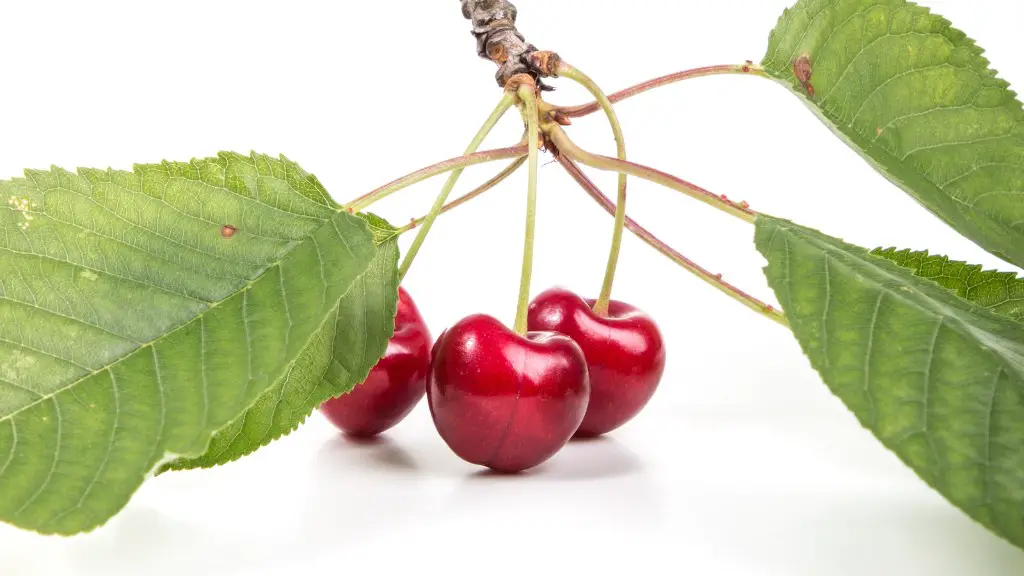What Is a Palme Tree Stump
Palm tree stumps, or the remains of the stem of a palm tree, are found in many yards and gardens. Though they can be interesting decorations and provide a rustic charm, they can also be difficult to remove, especially if they are large. Removing a small palm tree stump isn’t as daunting as it may seem and is a relatively simple process.
Preparation And Safety
Before beginning, safety should be the top priority. Gather the necessary safety gear such as an eye shield, ear plugs, and a face mask. It is also important to prepare the work area and the materials. Make sure the area is cleared of any debris and wear protective clothing. Wear shoes or boots to prevent slipping and use a shovel to dig around the stump for better access.
Removal Methods
There are several ways to remove small palm tree stumps, but some methods may work better than others. One method is to dig the stump out with a shovel and pickaxe. This may be the most labor-intensive, but it will result in the stump being removed completely. Another method is to use a stump grinder or a chemical solution to dissolve the stump.
Stump grinders work by grinding away at the woody material of the stump until the entire stump is gone. This method is usually much faster and less labor-intensive, but it may leave large piles of wood chips behind. Chemical solutions are frequently used as a last resort, because they can be expensive and can cause environmental damage.
Cutting Stump
One of the most popular ways to remove a small palm tree stump is to cut the stump down to ground level. This can be done with a chainsaw or other saw, or with an axe or other tool. This method is relatively simple, but it is important to be careful. Make sure the surface is level and smooth after cutting, because a rough or uneven surface can cause problems when mowing the lawn or walkways in the future.
Rotting
Another way to remove a small palm tree stump is to allow it to rot. Palm tree stumps are already dead and so they can take a long time to decay naturally. To speed up the process, cover the stump with a plastic tarp or cover. This will help trap heat and moisture, which will speed up the decomposition process.
Covering
If the stump is too large or too difficult to remove, then it can be covered with soil and grass. This will help to conceal the stump and make it less visible. The area will need to be leveled off to create a smooth surface. If the ground around the stump is not level, then fill it in with dirt or sand to create a flat surface.
Chemicals
Chemical solutions can be used to help break down the woody material of small palm tree stumps. There are many products available on the market that are intended for this purpose. Before using a chemical solution, it is important to read the instructions and follow them carefully. It is also important to take safety precautions as some of these products can be hazardous.
Safety Tips
Removing a small palm tree stump can be done safely and effectively if the right tools and safety precautions are taken. Wear safety gear, such as eye protection, face masks, and ear plugs when working on the stump. Clear the area of debris before beginning, and use a shovel to dig around the stump for better access. Make sure the surface is level and smooth after cutting, to prevent any problems in the future.
Alternative Tools
Other tools, such as a pickaxe, axe, chainsaw, or pry bar, can be used to help remove the stump. Stump grinders are also available to help break down the woody material of the stump. Chemical solutions may be used as a last resort, but should be used carefully due to their potential to cause environmental damage.
Recycling The Remains
Once the stump has been removed, it can be recycled. Many municipalities have programs that allow people to recycle their lawn and garden waste, including trees stumps. Contact your local municipality for more information about the availability of these services.
Replacing The Stump
Once the palm tree stump has been removed, it is important to replace it with something else. A new tree can be planted, or other plants such as shrubs and flowers can be used to fill the space. Adding fresh mulch or compost can also make the area look more attractive. This will help to ensure that the area remains healthy and attractive for years to come.


